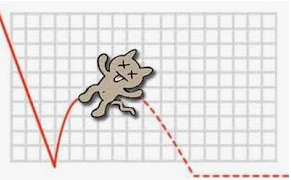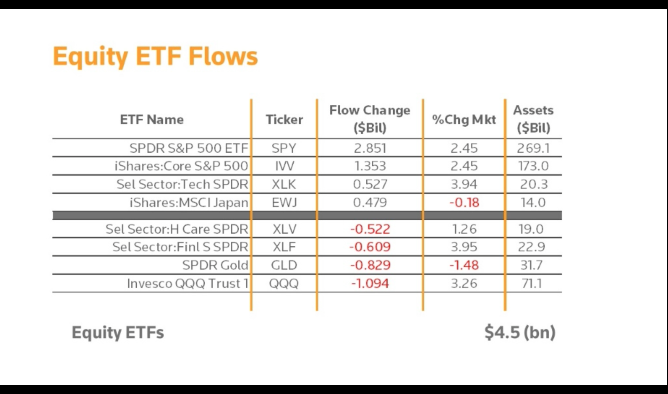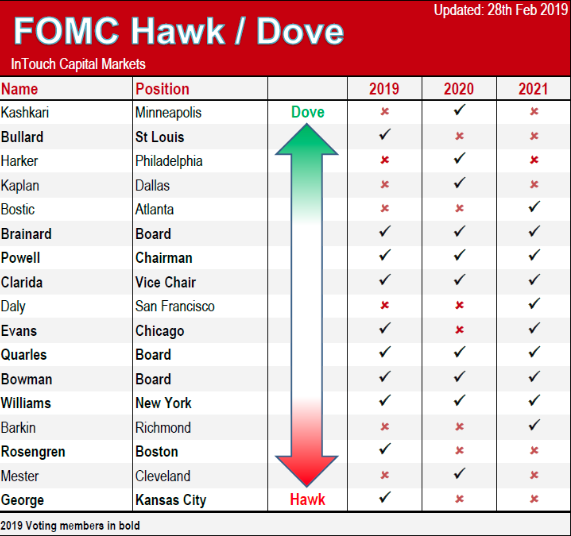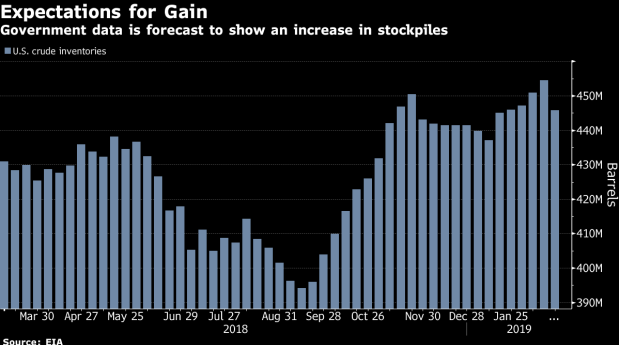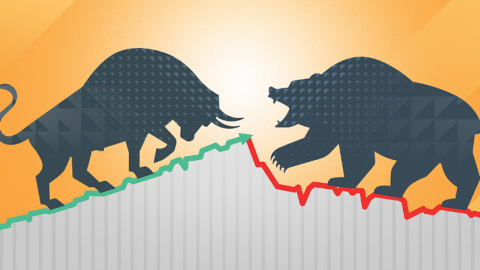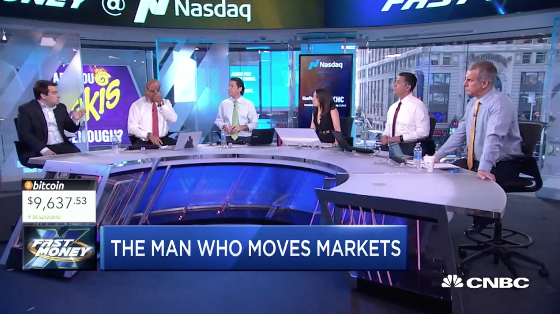The major averages are now in correction territory. The Dow Industrial Average fell more than 1,000 points Thursday and for the 2nd time this year, or 4.15%, extending its recent selloff to more than 10 percent. Beyond 20% and we’re officially in a bear market.
“The extent of the drop depends on whether people focus on fear or fundamentals, said Kyle Woodley, senior investing editor at Kiplinger.com. “It could keep going on sheer fear, but then the smart money comes in and buys value. There’s a fundamentally strong economy and employment is good. This 1,000-point drop comes in the middle of a really impressive earnings season. The worst-case scenario is that it breaks below the 200-day moving average,” Woodley said. “The last time it broke that was mid-2008,” he said, “but that was a bear market driven by a financial collapse. It stayed there until it broke back in 2010, tested it in 2011 and again in 2016.”
The last week of stock market drops has taken the S&P 500 into correction territory, also, for the first time in two years and we’ve born witness to some $2.49 trillion being wiped out. Stocks remain in an upward bull market trend, the second longest in history, but if the S&P breaks past 2,298 it will be in a full bear market. A recent report from Goldman Sachs outlined the near-term risk for the broader markets should trend lower from here.
“The average bull market ‘correction’ is 13%over four months and takes just four months to recover,” Goldman Sachs Chief Global Equity Strategist Peter Oppenheimer said in a Jan. 29 report.
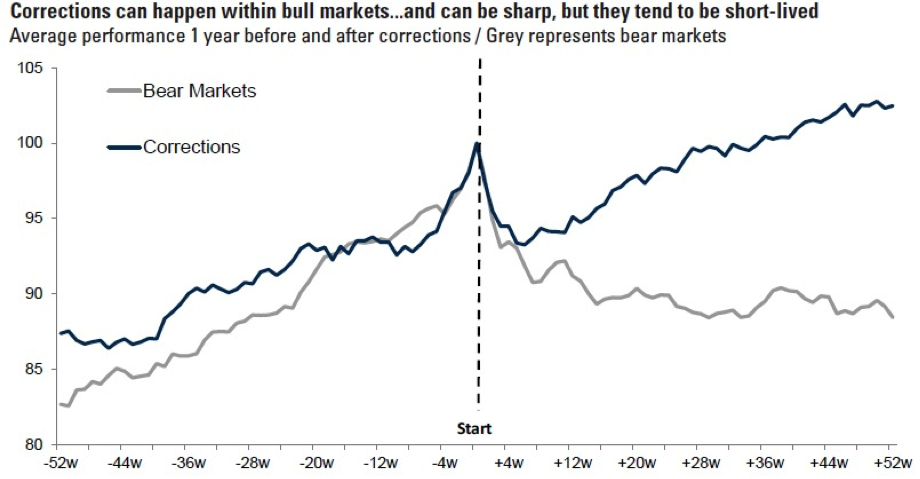
In light of the recent market volatility and finding a greater than 10% correction through the first 5 weeks of the year, equity futures are set to rally at the open with the major averages presently up greater than 1 percent. During Friday’s early hours, the Senate passed a short-term funding bill, paving the way to boosting military and domestic spending. Around 6:00 a.m. and after the government did officially shut down, the House also passed the spending bill to reopen the government. The second and third quarters of a midterm year are typically the worst performers of the 16-quarter presidential cycle. Votes for all seats in the House and a third of the Senate will be cast in November, a cause for uncertainty in the preceding months.
Sam Stovall, chief investment strategist at CFRA, says investors should welcome the current market sell-off. He expects an overall decline of 13 to 16% from the top reached on Jan. 26. Stovall points to the rule of 20, which measures the price/earnings ratio with inflation, put the stock market as overvalued by at least 13 percent. Then, on a technical level, he noted the S&P 500 was trading 14% higher than the 200-day moving average at its peak. Stovall has a 12-month target of 2,800 on the S&P 500, a level that implies a nearly 5 percent increase for the year.
Most analysts still consider this drop to be a normal correction, as opposed to a sign of a persistent bear market. Though losses are unsettling after 2017, the first year in history where the S&P 500 showed gains every month.
Tags: SPY DJIA IWM QQQ

